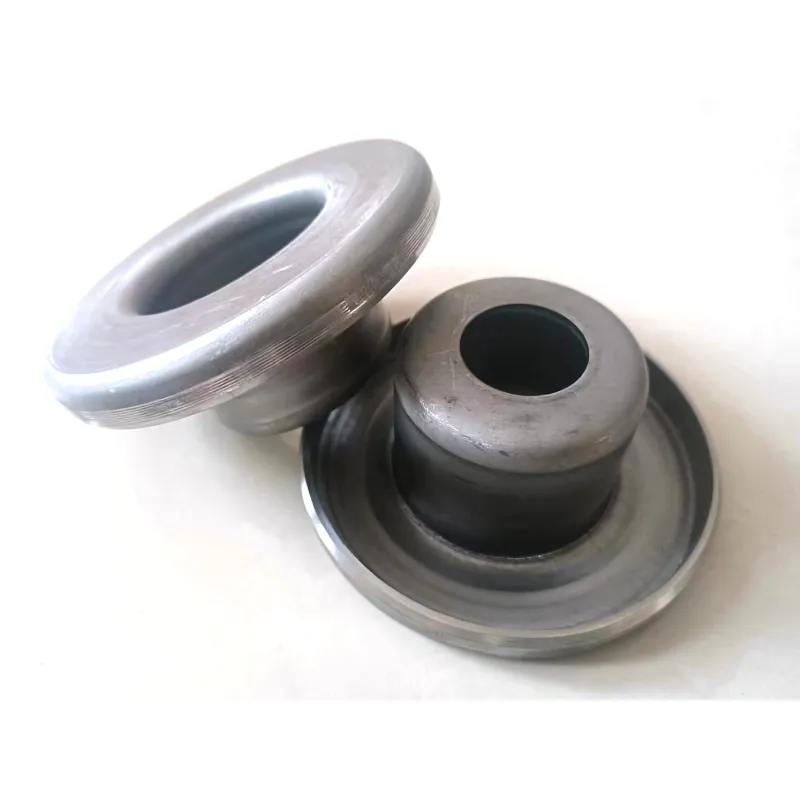 Afrikaans
Afrikaans  Albanian
Albanian  Amharic
Amharic  Arabic
Arabic  Armenian
Armenian  Azerbaijani
Azerbaijani  Basque
Basque  Belarusian
Belarusian  Bengali
Bengali  Bosnian
Bosnian  Bulgarian
Bulgarian  Catalan
Catalan  Cebuano
Cebuano  Corsican
Corsican  Croatian
Croatian  Czech
Czech  Danish
Danish  Dutch
Dutch  English
English  Esperanto
Esperanto  Estonian
Estonian  Finnish
Finnish  French
French  Frisian
Frisian  Galician
Galician  Georgian
Georgian  German
German  Greek
Greek  Gujarati
Gujarati  Haitian Creole
Haitian Creole  hausa
hausa  hawaiian
hawaiian  Hebrew
Hebrew  Hindi
Hindi  Miao
Miao  Hungarian
Hungarian  Icelandic
Icelandic  igbo
igbo  Indonesian
Indonesian  irish
irish  Italian
Italian  Japanese
Japanese  Javanese
Javanese  Kannada
Kannada  kazakh
kazakh  Khmer
Khmer  Rwandese
Rwandese  Korean
Korean  Kurdish
Kurdish  Kyrgyz
Kyrgyz  Lao
Lao  Latin
Latin  Latvian
Latvian  Lithuanian
Lithuanian  Luxembourgish
Luxembourgish  Macedonian
Macedonian  Malgashi
Malgashi  Malay
Malay  Malayalam
Malayalam  Maltese
Maltese  Maori
Maori  Marathi
Marathi  Mongolian
Mongolian  Myanmar
Myanmar  Nepali
Nepali  Norwegian
Norwegian  Norwegian
Norwegian  Occitan
Occitan  Pashto
Pashto  Persian
Persian  Polish
Polish  Portuguese
Portuguese  Punjabi
Punjabi  Romanian
Romanian  Russian
Russian  Samoan
Samoan  Scottish Gaelic
Scottish Gaelic  Serbian
Serbian  Sesotho
Sesotho  Shona
Shona  Sindhi
Sindhi  Sinhala
Sinhala  Slovak
Slovak  Slovenian
Slovenian  Somali
Somali  Spanish
Spanish  Sundanese
Sundanese  Swahili
Swahili  Swedish
Swedish  Tagalog
Tagalog  Tajik
Tajik  Tamil
Tamil  Tatar
Tatar  Telugu
Telugu  Thai
Thai  Turkish
Turkish  Turkmen
Turkmen  Ukrainian
Ukrainian  Urdu
Urdu  Uighur
Uighur  Uzbek
Uzbek  Vietnamese
Vietnamese  Welsh
Welsh  Bantu
Bantu  Yiddish
Yiddish  Yoruba
Yoruba  Zulu
Zulu Understanding the Functionality of Belt Conveyor Head Pulleys in Material Handling Systems
The Importance of Belt Conveyor Head Pulleys
Belt conveyors are pivotal in numerous industries for transporting materials efficiently and effectively. Among the various components of a belt conveyor system, the head pulley plays a crucial role. This article delves into the significance of the head pulley, its functionality, and its contribution to the overall performance of the conveyor system.
The Importance of Belt Conveyor Head Pulleys
One of the primary functions of the head pulley is to generate motion. It is usually powered by an electric motor connected to a gearbox. When the motor rotates the head pulley, it imparts motion to the conveyor belt, enabling it to transport materials over varying distances and elevations. The efficiency of the head pulley directly impacts the speed and reliability of the material handling process.
belt conveyor head pulley

Moreover, head pulleys often incorporate a shell that is covered with rubber or other materials to enhance friction and grip between the pulley and the conveyor belt. This increased traction is essential for preventing slippage, especially when transporting heavy materials. The design and material choice of the head pulley can significantly influence the conveying capacity and stability of the system. It's also important to consider the dimensions and weight of the head pulley, as these factors contribute to the overall strength and durability of the conveyor system.
Another essential aspect of head pulleys is their role in tensioning the belt. Proper belt tension is vital for maintaining the alignment and efficient operation of the conveyor. The head pulley helps in adjusting the tension by incorporating idler rollers and take-up systems that ensure the belt remains taut throughout its operation. This tension management prevents excessive wear and tear, thereby increasing the lifespan of both the belt and the pulley system.
Head pulleys can also be equipped with various features to enhance their performance. For instance, some designs incorporate magnetic equipment for the separation of ferrous metals from the material stream, or they may use specialized coatings to reduce wear and improve longevity. Additionally, safety features such as emergency stops can be integrated to ensure smooth operation.
In conclusion, the head pulley is an integral component of a belt conveyor system, essential for motion creation, material transfer, tension management, and overall efficiency. Understanding the functionalities and importance of head pulleys can significantly enhance the operational effectiveness of conveyor systems across various industries, from mining to manufacturing. Investing in high-quality head pulleys and maintaining them properly is crucial for maximizing the performance and reliability of belt conveyors, ultimately leading to improved productivity and cost-effectiveness in material handling processes. As industries evolve and seek smarter and more efficient solutions, the role of head pulleys remains pivotal in facilitating seamless operations.
-
Revolutionizing Conveyor Reliability with Advanced Rubber Lagging PulleysNewsJul.22,2025
-
Powering Precision and Durability with Expert Manufacturers of Conveyor ComponentsNewsJul.22,2025
-
Optimizing Conveyor Systems with Advanced Conveyor AccessoriesNewsJul.22,2025
-
Maximize Conveyor Efficiency with Quality Conveyor Idler PulleysNewsJul.22,2025
-
Future-Proof Your Conveyor System with High-Performance Polyurethane RollerNewsJul.22,2025
-
Driving Efficiency Forward with Quality Idlers and RollersNewsJul.22,2025





























